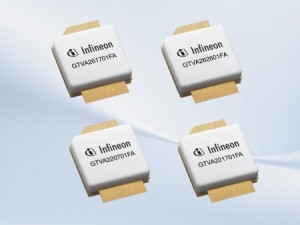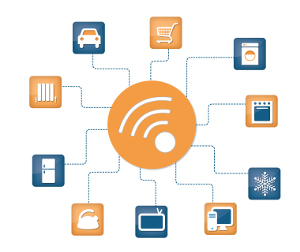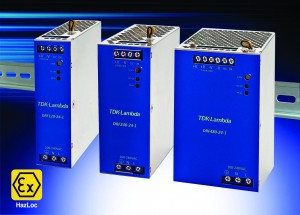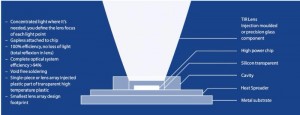 Infineon is sampling under NDA its first devices in a family of GaN on SiC RF power transistors. The devices allow manufacturers of mobile base stations to build smaller, more powerful and more flexible transmitters.
Infineon is sampling under NDA its first devices in a family of GaN on SiC RF power transistors. The devices allow manufacturers of mobile base stations to build smaller, more powerful and more flexible transmitters.
With higher efficiency, improved power density and more bandwidth than currently used RF power transistors, the new devices improve the economics of building cellular infrastructure and pave the way for the transition to 5G.
The devices leverage the performance of GaN technology to achieve 10% higher efficiency and 5x the power density of LDMOS transistors commonly. This translates to smaller footprints and power requirements for the PAs of base station transmitters which operate in either the 1.8-2.2 GHz or 2.3-2.7 GHz frequency range. Future GaN on SiC devices will also support 5G cellular bands up to the 6 GHz frequency range.
Design flexibility and support for the next-generation of 4G technology are additional benefits of GaN devices for RF power applications. The new devices have twice the RF bandwidth of LDMOS, so that one PA can support multiple operating frequencies. They also have increased instantaneous bandwidth available for transmitters, which lets a carrier offer higher dates using the data aggregation technique specified for 4.5G cellular networks.






